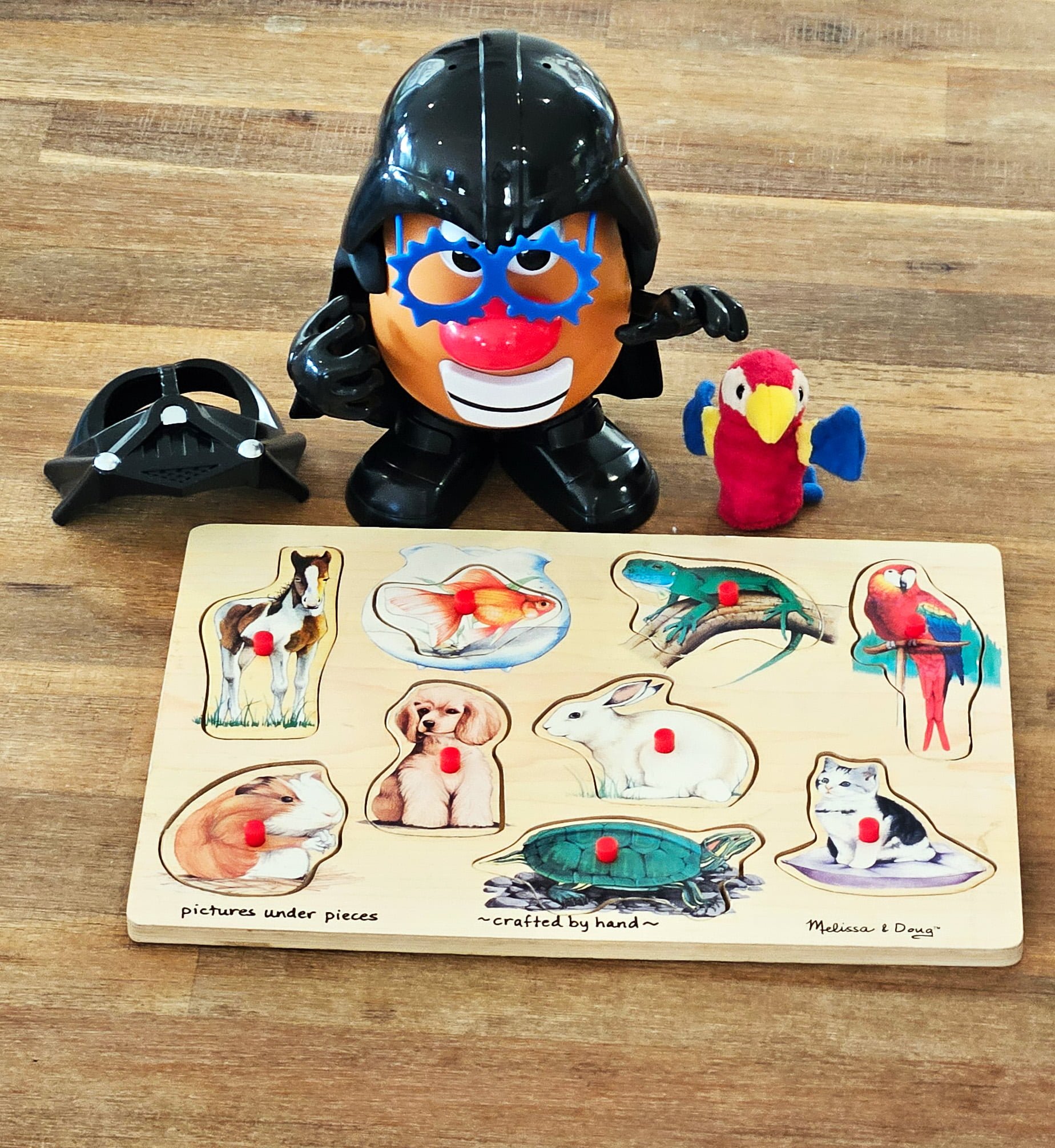Children’s hearing tests

Complex Tests
With over 20 years' experience working with children, our doctor has a range of techniques for dealing with complex diagnostics. Our rooms are designed to ensure the most accurate results for a range of paediatric hearing issues.
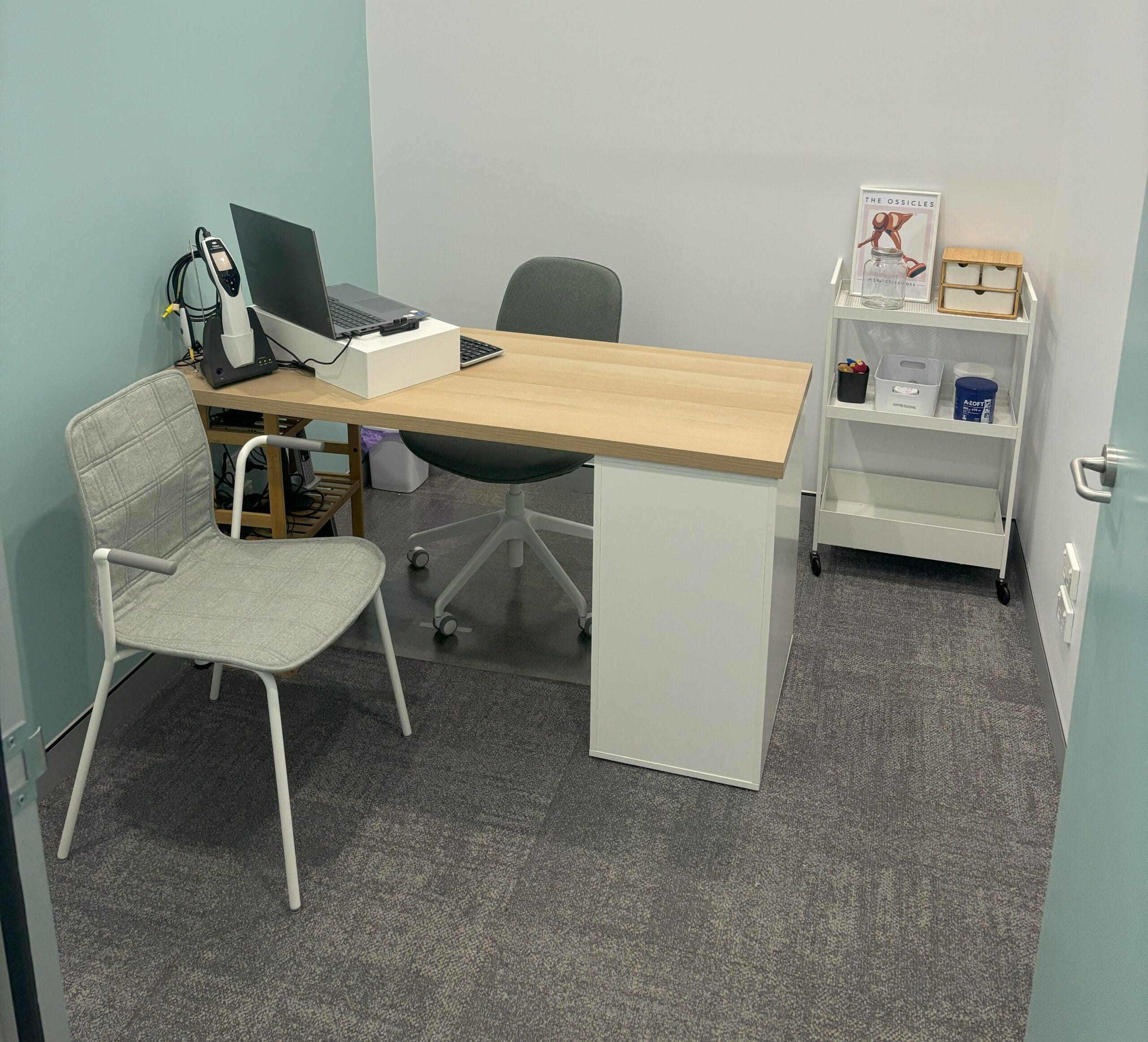
Sound Treated Rooms
With sound treated rooms, we don't need to put your children in a booth or treat them outside of your supervision. You can sit there with them while we test them.
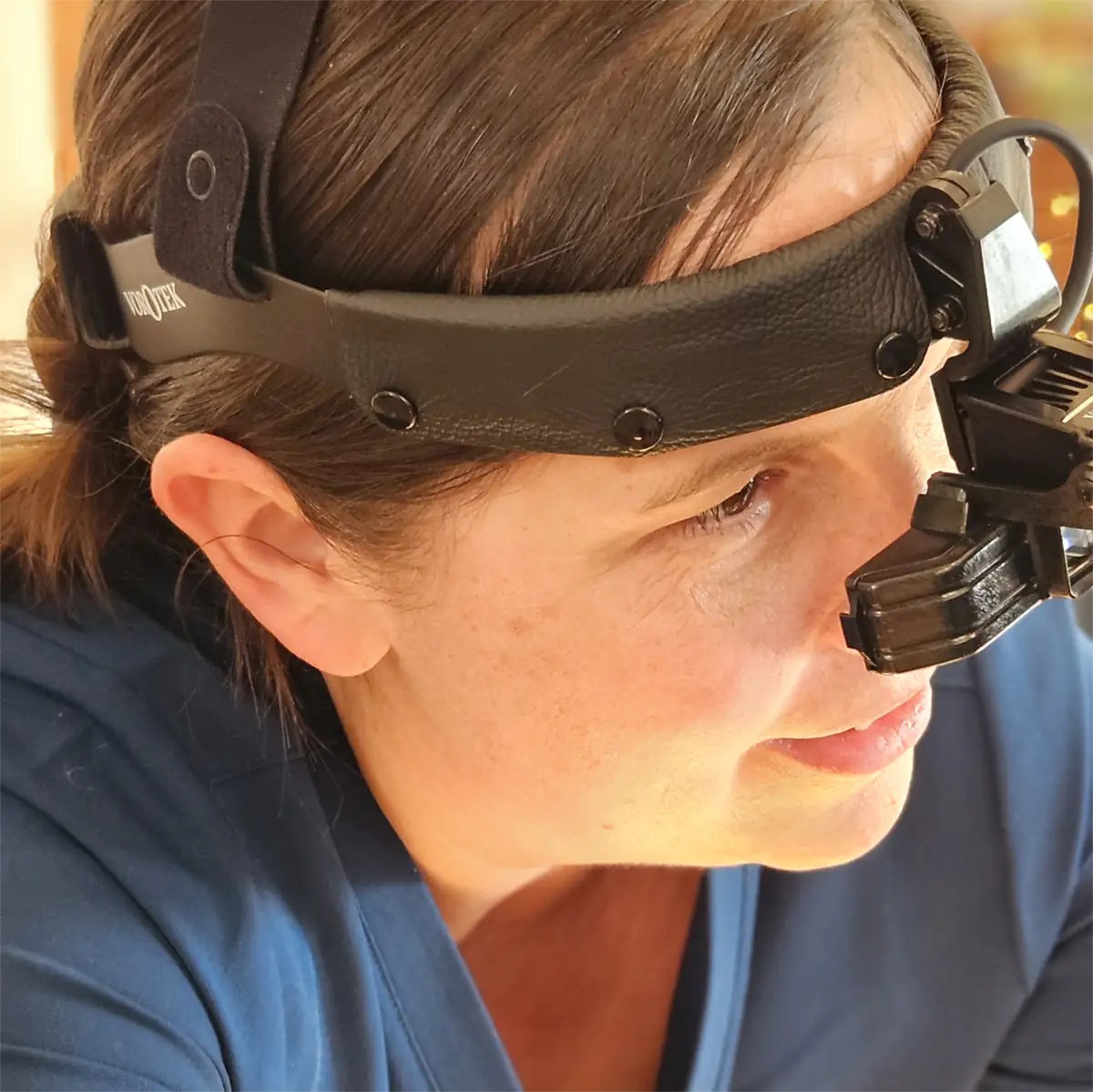
Auditory Processing
We have experience diagnosing APD and other speech discrimination issues. If your child is having issues in the classroom, we can help get them on the path to rehabilitation.
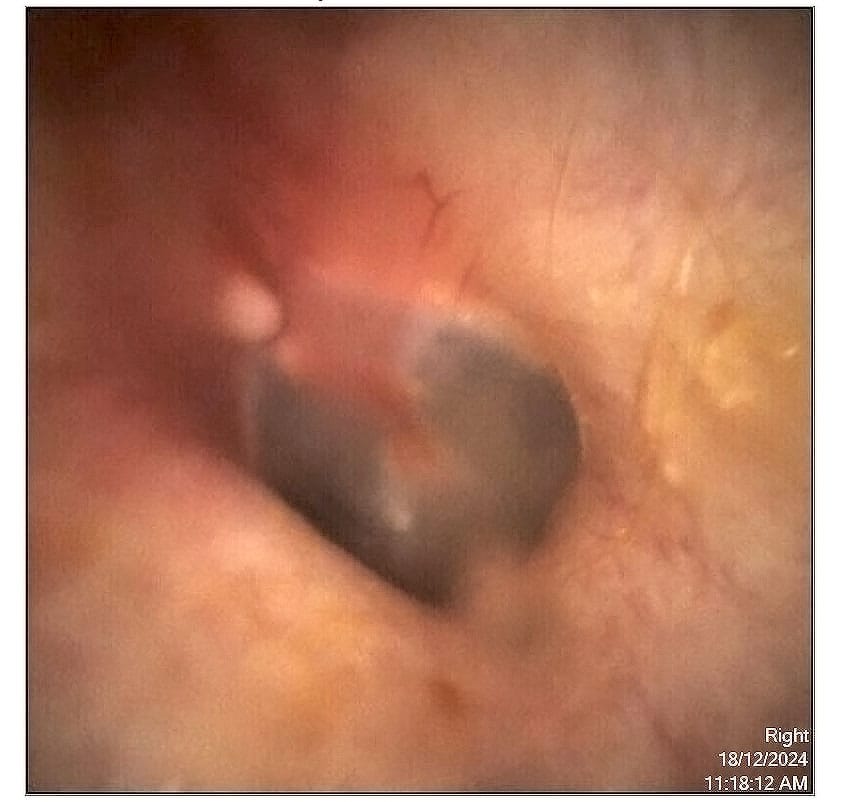
Wax Removal
With our special microsuction device we have had a lot of success removing wax from children's ears
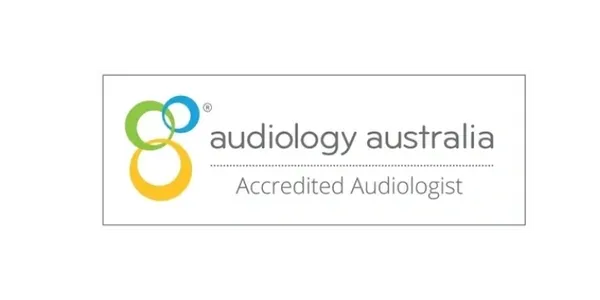
Medicare Rebates
As a member of Audiology Australia you may be entitled to some medicare rebates. Up to $106 can be claimed in some circumstances.
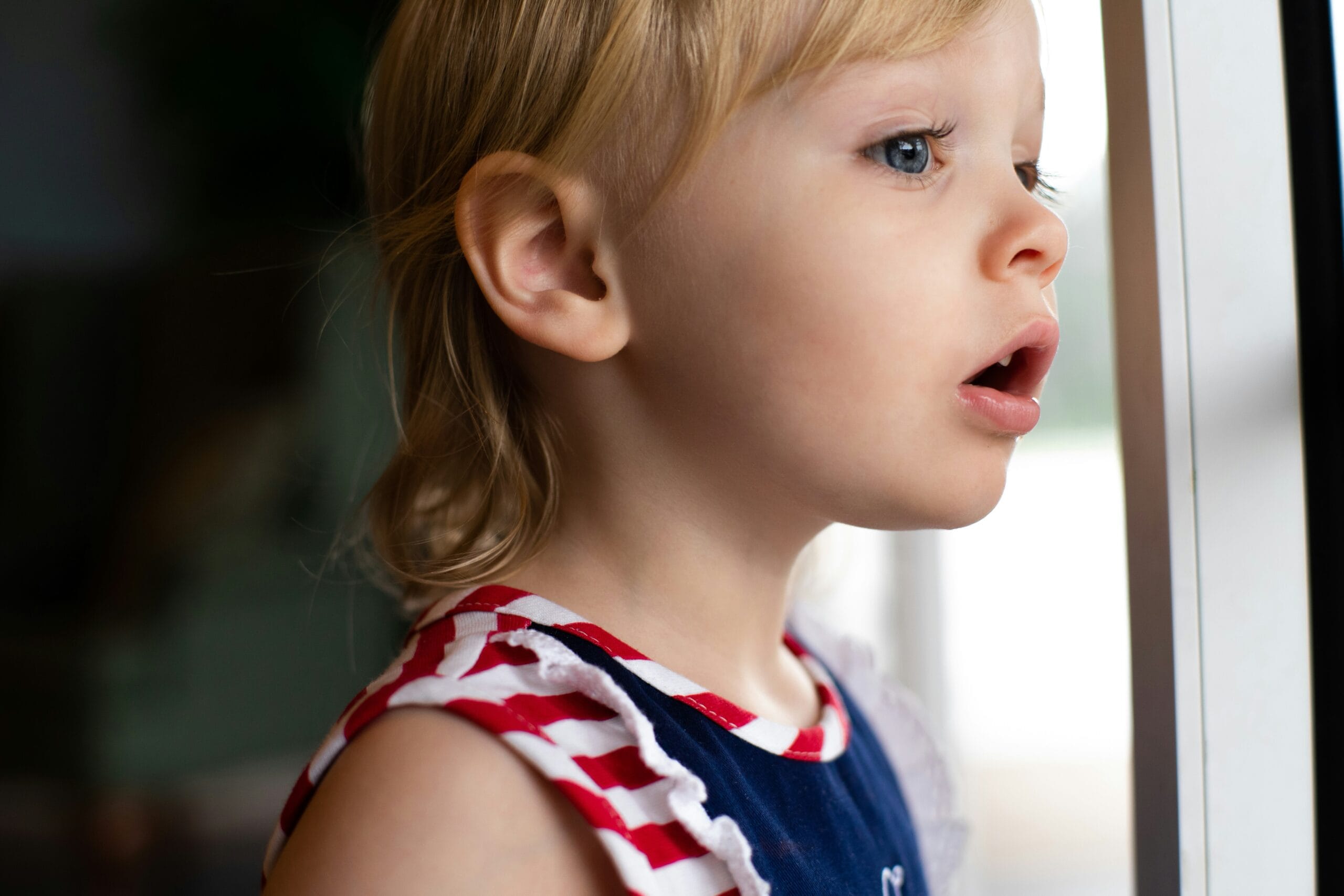
From 6 Months Old
We test children from 6 months old. With our testing equipment, we don't necessarily need a response from the child to do a test.
Hearing assessments for children are a specialist area and must be done by an experienced Audiologist. Our Audiologist Dr. Signe Steers has almost 20 years of experience conducting paediatric hearing tests. At the Audiology Place we are fully equipped with a paediatric sound proof testing room, and state of the art testing equipment. The Audiologist will use specific questions to gather information relating to your concerns, your child’s history of general health and development, as well as ear health and hearing healthcare to date.
It can be hard to identify when a child is struggling with their hearing. Sometimes they are too young to communicate any difficulties, and quite often younger children are not even aware that there are concerns.
What are some of the signs of hearing loss in babies or children?
- Speaks loudly or whispers while speaking.
- Likes the TV or music played louder than usual or louder than others in the family.
- Speech development stops or is slow compared to other children of the same age.
- Little or no babbling.
- Appears inattentive, restless or expresses some behavioural problems.
- Does not respond to speech from behind or soft speech.
- Problems learning at school.
- Pulls at their ears (may be a sign of an ear infection).
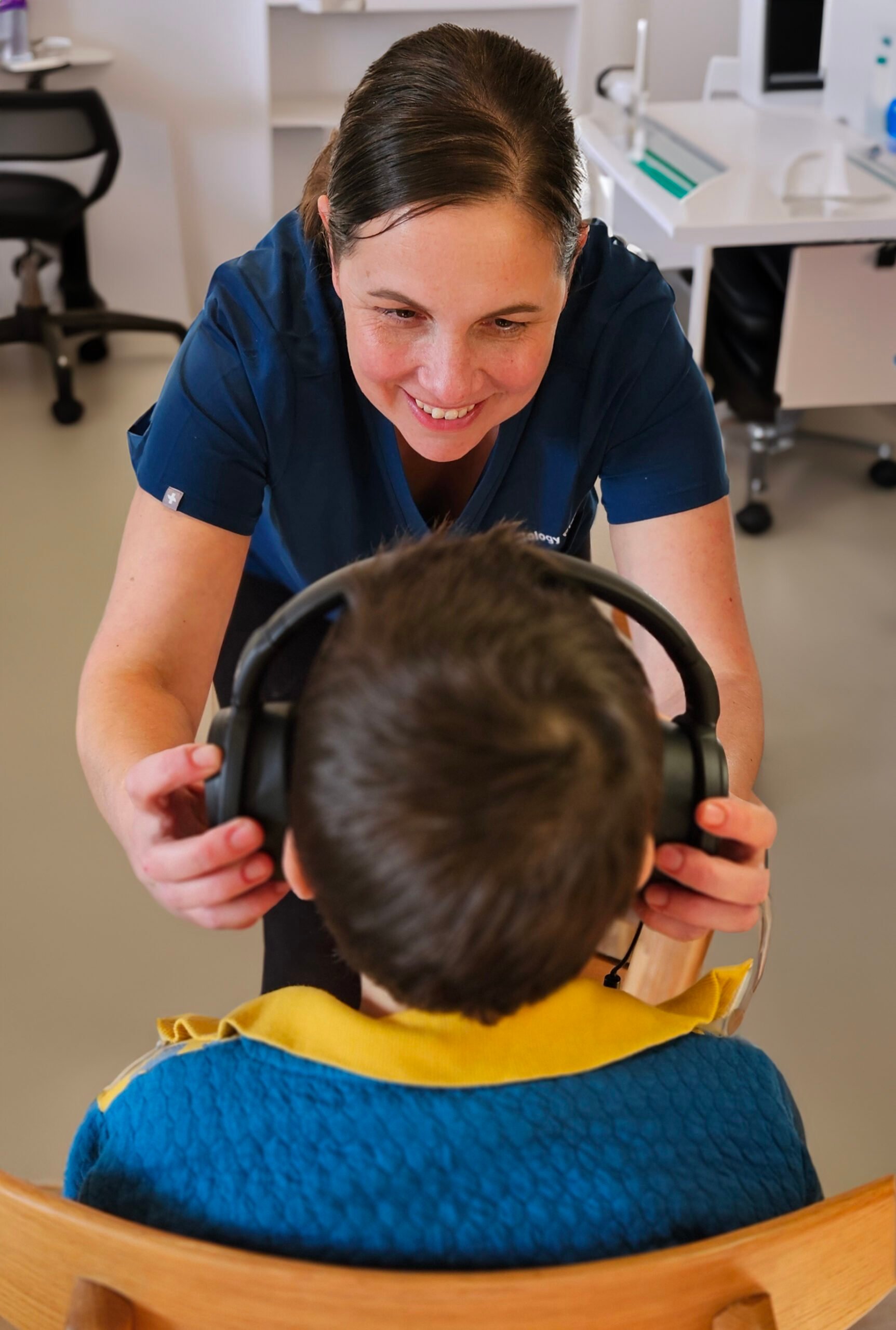
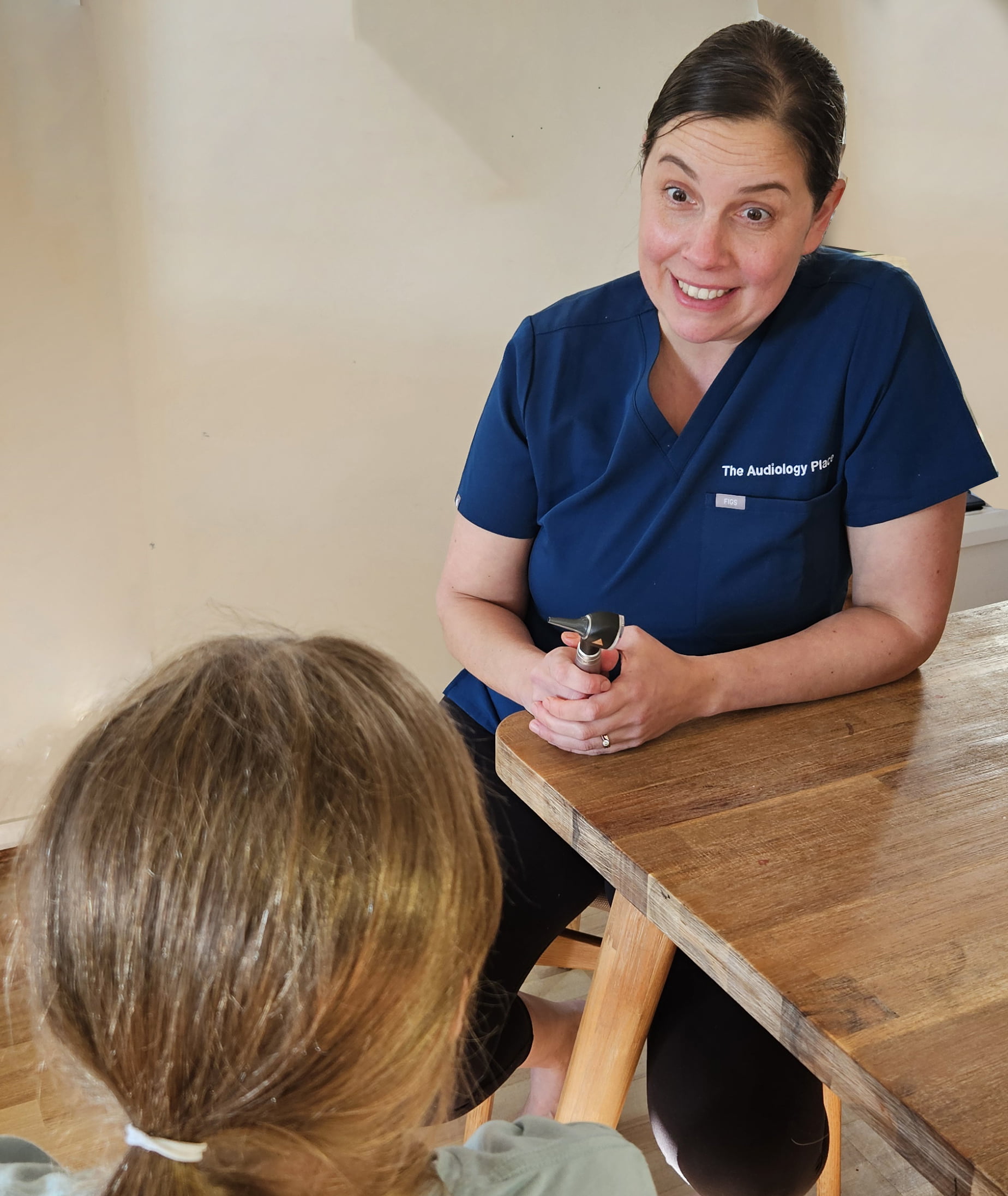
What makes a child more at risk of developing a hearing issue?
- Frequent ear infections.
- Deafness in the family.
- Prematurity (born too early) or complications at birth.
- Meningitis or encephalitis (infection of the brain and/or its coverings).
- Viral infections during pregnancy, e.g. rubella, cytomegalovirus (CMV).
- Exposure to very loud sounds or noises, even of brief duration.
- Trauma.
Why are paediatric hearing tests important?
The first years of life are crucial for a child to learn language and how to speak. If listening is not well developed during the critical language learning years, a child’s ability to learn and use speech input is likely to cause difficulties with learning and education later on.
How do we test a child’s hearing?
Visual Reinforcement Audiometry (VRA)
This test is used for children from around 6 months to around 3 years old. The child is taught to turn towards a visual reward when they hear a sound. During the test we play sounds of different frequencies and note when the child turns. The child will soon learn that when they hear a sound, a reward is there when they turn their head.
Not all children, especially the younger ones, tolerate wearing headphones, so we have the option of testing them in the free field through various speakers. In this instance, information will be obtained for the better hearing ear and hearing in general. Therefore, this test on its own, cannot eliminate a mild hearing loss or a hearing loss in one ear only. Ear specific information relating to a potential significant hearing loss in either ear is available through other diagnostic tests available at The Audiology Place.
Play Audiometry
This test is used for children from around 3 years of age. The child will play a ‘hearing game’ where we teach the child to do an action when they hear a tone through headphones. There are different games we can play, to ensure that the child’s interest is sustained for as long as we need.
Immittance Tests
These test shows how well your child’s middle ear is working, and can help diagnose if there is any fluid present. These tests also look at the acoustic reflexes present in either ear.
Otoacoustic Emissions
This test gives us a direct measurement of a specific type of hair cells in the child’s ear, called outer hair cells. In the instance a child does not tolerate headphones for ear specific information, this quick and painless test can rule out anything more significant than a mild hearing loss in each ear specifically.
